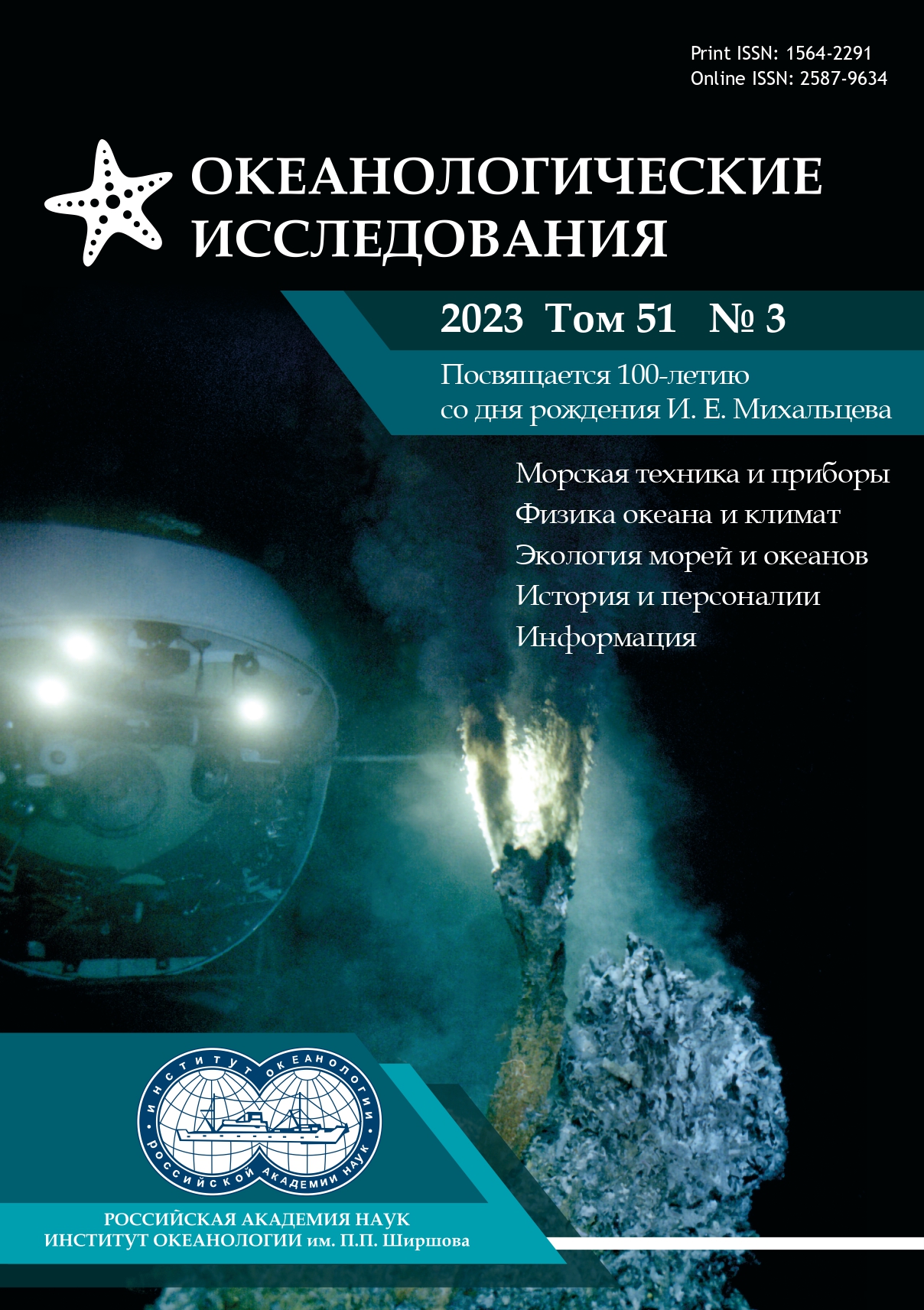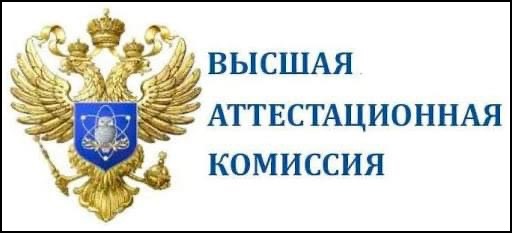ПОВЕРХНОСТНЫЕ ГРАВИТАЦИОННЫЕ ВОЛНЫ В СЕВЕРНОЙ АТЛАНТИКЕ И В ДРЕЙФУЮЩЕМ ЛЬДУ АРКТИКИ
Аннотация
Морской лед в Арктике является одним из основных динамических элементов во взаимодействующей системе атмосфера–лед–океан. В настоящее время теоретические и экспериментальные исследования дрейфующего и припайного льда используются для разработки прогностических моделей механического состояния морского льда. В данной работе представлены результаты экспериментального исследования физико-механических процессов на поверхности Северного Ледовитого океана. Полевые работы проводились с использованием автономных сейсмических станций непосредственно на дрейфующем льду. Получены данные о поверхностных гравитационных волнах океана, сопровождаемых периодическими деформациями изгиба и сдвига в ледяных полях. На основе амплитудных спектров скорости смещения во льду рассмотрены особенности процесса распространения штормовых волн зыби в ледяном покрове и выполнен сравнительный анализ с картами приземного атмосферного давления и значительных высот морских волн. Существенным фактором является использование микросейсмических колебаний, зафиксированных на прибрежных станциях Гренландского моря для определения времени и места мощного шторма. Амплитудные спектры волн в ледяном покрове указывают на увеличение частоты колебаний, обусловленное дисперсией поля волн. Получены новые данные по крупномасштабной механике возникновения трещин в ледяном покрове и дискретных изгибно-гравитационных волн, как одних из основных показателей разрушения льда. Результаты исследования важны для совершенствования моделей, связанных с прогнозированием погоды и климата, а также для решения инженерных задач на арктическом шельфе.
Литература
- Легеньков А. П. Подвижки и приливные деформации дрейфующего льда. Л.: Гидрометеоиздат, 1988. 104 с.
- Мунк В. Увеличение периода волн, прошедших большие расстояния (приложение к цунами, зыби и сейсмическим волнам). Сб. статей. Предсказания ветровых волн, зыби и прибоя. Ред. И. Б. Штокман. 1951. С. 88–123. Перевод из Trans. Am. Geophys. Union. 28, № 2. 198, 1947.
- Смирнов В. Н. Динамические процессы в морских льдах. СПб.: Гидрометиздат, 1996. 162 с.
- Смирнов В. Н., Чмель А. Е. Самоподобие и самоорганизация в дрейфующем ледяном покрове Арктического бассейна // Доклады Академии наук. 2006. Т. 5. С. 684–687. https://doi.org/10.1134/S1028334X06080204.
- Смирнов В. Н., Ковалев С. М., Нюбом А. А. Автоколебания в дрейфующем ледяном покрове Северного Ледовитого океана // Океанологические исследования. 2019. Т. 47. № 3. С. 122–138. https://doi.org/10.29006/1564-2291.JOR-2019.47(3).11.
- Смирнов В. Н., Ковалев С. М., Нюбом А. А., Знаменский М. С. Механика колебаний и волн во льдах Северного Ледовитого океана при явлениях сжатия и торошения // Проблемы Арктики и Антарктики. 2020. Т. 66. № 3. С. 321–336. https://doi.org/ 10.30758/0555-2648-2020-66-3-321-336.
- Смирнов В. Н., Знаменский М. С., Шейкин И. Б. Волновые процессы в дрейфующем льду Cеверного Ледовитого океана в экспедиции MOSAIC. Зимний период // Проблемы Арктики и Антарктики. 2022. Т. 68. № 1. С. 6–27. https://doi.org/10.30758/0555-2648-2022-68-1-26-47.
- Сытинский А. Д., Трипольников В. П. Некоторые результаты исследований естественных колебаний ледяных полей Центральной Арктики // Изв. АН СССР, Геофизика, 1964. № 4. С. 210–212.
- Bromirski, Peter D., Olga V. Sergienko, Douglas R. MacAyeal Transoceanic infragravity waves impacting Antarctic ice shelves. // Geophysical Research Letters. Jan. 2010. Vol. 37. Iss. 2. https://doi.org/10.1029/2009GL041488.
- Haase, Andrea, Hoppe, Felix, and Jan Manuel Kubiczek Long Term Measurements of Internal Level Ice Pressure in Vicinity of Structures or (Land) Fast Ice // Paper presented at the The 31st International Ocean and Polar Engineering Conference. Rhodes. Greece. June 2021.
- Hunkins К. Seismic studies of sea ice // J. Geophys. Res. Oct. 1960. Vol. 65 Iss. 10. P. 3459–3472. https://doi.org/10.1029/JZ065i010p03459.
- Longuet-Higgins Michael Selwyn A theory of the origin of microseisms // Philosophical Transactions of the Royal Society of London. Series A, Mathematical and Physical Sciences. Sept. 1950. Vol. 243. Iss. 857. P. 1–35. http://doi.org/10.1098/rsta.1950.0012.
- Marsan D., Weiss J., Moreau L., Gimbert F., Doble M., Larose E., Grangeon J. Characterizing horizontally-polarized shear and infragravity vibrational modes in the Arctic sea ice cover using correlation methods // J. Acoust. Soc. Am. Mar. 2019. Vol. 145. Iss. 3. Р. 1600–1608. https://doi.org/10.1121/1.5094343.
- Munk W. H. Increase in the period of waves traveling over large distances: with application to tsunamis, swell, and seismic surface waves // Trans. Amer. Geophys. Union Apr. 1947. Vol. 28. Iss. 2. P. 198–217. https://doi.org/10.1029/TR028i002p00198.
- Robin G. Q. Wave propagation through fields of pack icе // Phil. Trans. Roy. Soc. London. ser A. Feb. 1963. Vol. 255. Iss. 1057. P. 313–339. https://doi.org/10.1098/rsta.1963.0006.
- Wadhams P., Doble M. J. Sea ice thickness measurement using episodic infragravity waves from distant storms // Cold Reg. Sci. Technol. May 2009. Vol. 56. Iss. 2–3. P. 98–101. https://doi.org/10.1016/j.coldregions.2008.12.002.
Передача авторских прав происходит на основании лицензионного договора между Автором и Федеральным государственным бюджетным учреждением науки Институт океанологии им. П.П. Ширшова Российской академии наук (ИО РАН)













